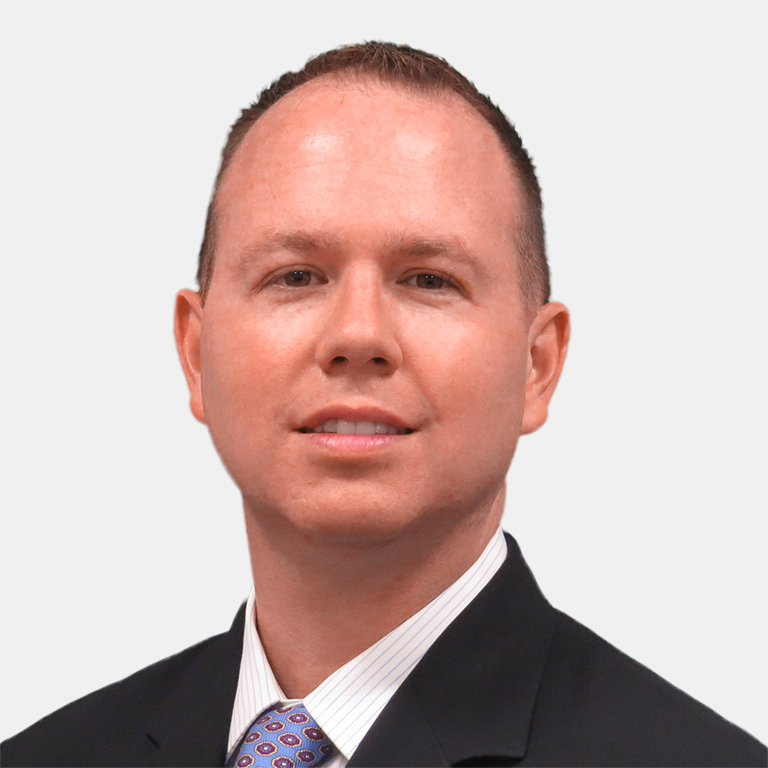Interest in setting up a captive insurance vehicle has increased in recent years. And while traditionally mainly larger organizations were the ones setting up captives, now many smaller organizations are reaping the benefits of such a risk retention entity.
Whether a single parent captive or a cell, a captive vehicle provides its owners with insurance options that may be most apparent when the traditional insurance market is challenging. However, captives can be effective beyond challenging cycles, providing owners with options for difficult-to-insure risks. Further, having a captive set up in advance allows organizations to be agile and able to pivot when the need arises, for example ahead of a difficult renewal.
In this episode of Risk in Context, Ellen Charnley, President of Marsh Captive Solutions, and Mike Serricchio, Sales and Consulting Leader for Marsh Captives Solutions in the Americas, discuss the value of captives regardless of the size of an organization or the market cycle.













